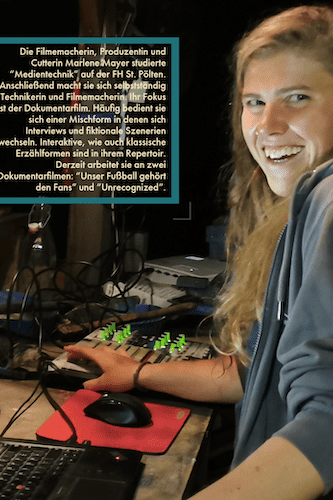Abstract
„(In)visible – the portrayal of Asperger-autism in feature films“ is a paper that concerns with the potrayal of mental impairment in general, and the portrayal of autistic characters espacially. Mental impairments or illnesses are socially seen as suffering. Therefore they provide sufficient dramatic aspects to be centered in a feature film. Mostly viewers assume shown information as correct and real. Therefore feature film is an instrument which can construct reality, although it actually just creates an illusion of it. The proper purpose of feature films is entertainment – to create appealing and thrilling moments, which address a wide audience. To generate an insight into the complex symptoms and behaviours of mental impairment it is necessary to reduce the shown information to the most relevant. The viewer experiences only a reduced portrayal of the mental impairment. Subsequently those films create a stereotypic image of the displayed mental impairment. Characters with mental impairment are most likely either the “hero” or the “victim” of a film. Often they are the driving force for the actual protagonists. They either can integrate themselves in society or society saves them. The great objective is – despite everything – to follow social norms. Nowadays there is a change in the portrayal of Asperger-autism in feature films. At first the main concern was to transport information. For that first you need to ignore the claim of conveying information, then filmmakers have the possibility to explore niches and create realistic and individual characters. Thereby stories can be formed in wich impaired people occur, but the impairment itself is not the center of the film – in the social context mental impairment could even be “normal”.



